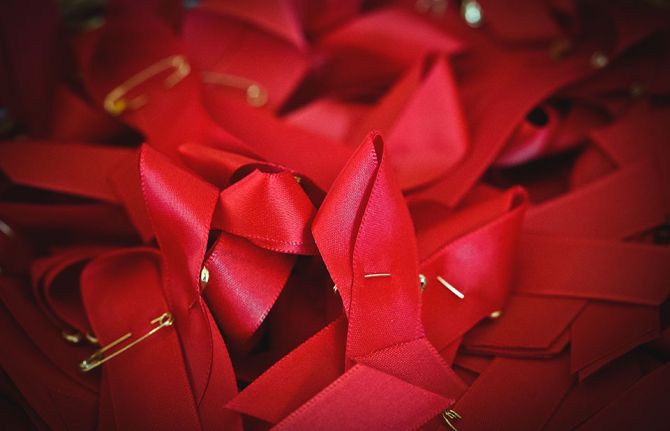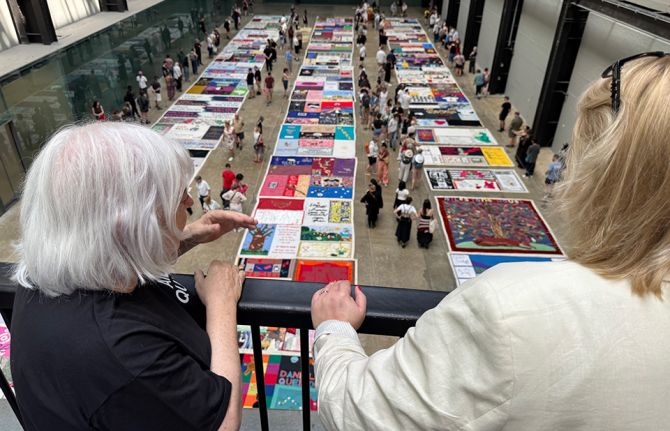

Feature Story
UNAIDS is saddened by the death of Patrick O’Connell, the founding director of Visual AIDS
04 May 2021
04 May 2021 04 May 2021UNAIDS is saddened by the death from AIDS-related causes of Patrick O’Connell. Mr O’Connell, who lived with HIV for nearly four decades, was the founding director of Visual AIDS.
Visual AIDS was founded in 1988 by arts professionals as a response to the effects of AIDS on the arts community and as a way of organizing artists, arts institutions and arts audiences towards direct action on HIV. The organization also assists artists living with HIV. Perhaps its most high-profile achievement, however, was designing the red ribbon worn by millions of people around the world every World AIDS Day, 1 December.
In 1991, Visual AIDS artists came together to design a visual symbol to demonstrate compassion for people living with HIV and their caregivers. Inspired by the yellow ribbons honouring American soldiers serving in the Gulf War, the artists chose to create a red ribbon to symbolize support and solidarity for people living with HIV and to remember those who had died from AIDS-related illnesses. The colour red was chosen for its, “connection to blood and the idea of passion—not only anger, but love, like a valentine,” the project founders said. The project became known as the Red Ribbon Project.
Mr O’Connell was instrumental in helping to organize the cutting, folding and distribution of thousands of ribbons around his home city, New York. He was part of the campaign to send letters and red ribbons to all the attendees of the 1991 Tony Awards in the United States of America, where actor Jeremy Irons stepped out on national television with a red ribbon pinned prominently on his lapel.
UNAIDS remembers Mr O’Connell for his vital advocacy work. The red ribbon, which today is a symbol of solidarity and support for people living with HIV not only in the United States but internationally, would not have existed without him.



